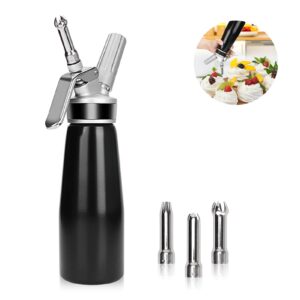
From background checks to surveillance, a private investigator’s role in Texas
Helping people, companies, and attorneys find important information that could otherwise be challenging or impossible to get depends critically on private investigators (PIs). Private investigators are frequently called upon for a range of services, from background checks to surveillance, in Texas, where personal, legal, and corporate affairs can be complicated. Knowing the wide range of their job private investigator can assist you in deciding when to call upon their knowledge.
Monitoring: Compiling Evidence You Can Count on
- Surveillance is a main responsibility of a private investigator working in Texas. A private investigator can offer important information whether your suspicions are of infidelity, fraud, or legal agreement breach. PIs can record events, track movements, and gather evidence fit for court or personal decision-making by use of covert observation methods.
- In a custody conflict, for instance, a private detective might monitor to make sure the other parent is following court-ordered visitation plans. Likewise, a PI can compile video or photographic proof either supporting or negating your suspicions if you believe a partner is cheating.
- Surveillance also covers business-related issues. Employers might call private detectives to check that firm assets are safe, validate worker compensation claims, or track employee behaviours. One efficient approach to compile the evidence required to support wise decisions or legal action is surveillance.

Background Checks: Confirming Information for Mental Peace
- Background checks are another indispensable service offered by Texas private investigators. Whether you are employing a staff member, forming a commercial partnership, or thinking about a new love engagement, understanding the background of the people engaged will help you relax and help to avoid possible problems down the road.
- Background checks cover public records, credit histories, job records, and criminal histories, among other areas. Whether someone has a history of criminal behaviours, financial instability, or other red flags influencing your decision-making, comprehensive background research will help you find out.
- Background searches on possible staff members can assist companies in making sure they are selecting trustworthy, clean record-free candidates. Often having access to databases and resources not accessible to the general public, private investigators can find more thorough information that could otherwise be missed.
For a variety of personal, legal, and commercial concerns, a private investigator job in Texas is multifarious and essential. A private investigator can give the knowledge and tools required to find the truth, whether your matter is personal—that of suspected infidelity—or you require a comprehensive background check on a possible employee or business partner. Private investigators can provide peace of mind and assist you in making wise judgments by means of monitoring, background checks, and other investigative techniques. Hiring a registered PI in Texas can be the secret to getting the information you need if you require expert investigation services.
Continue Reading



















































